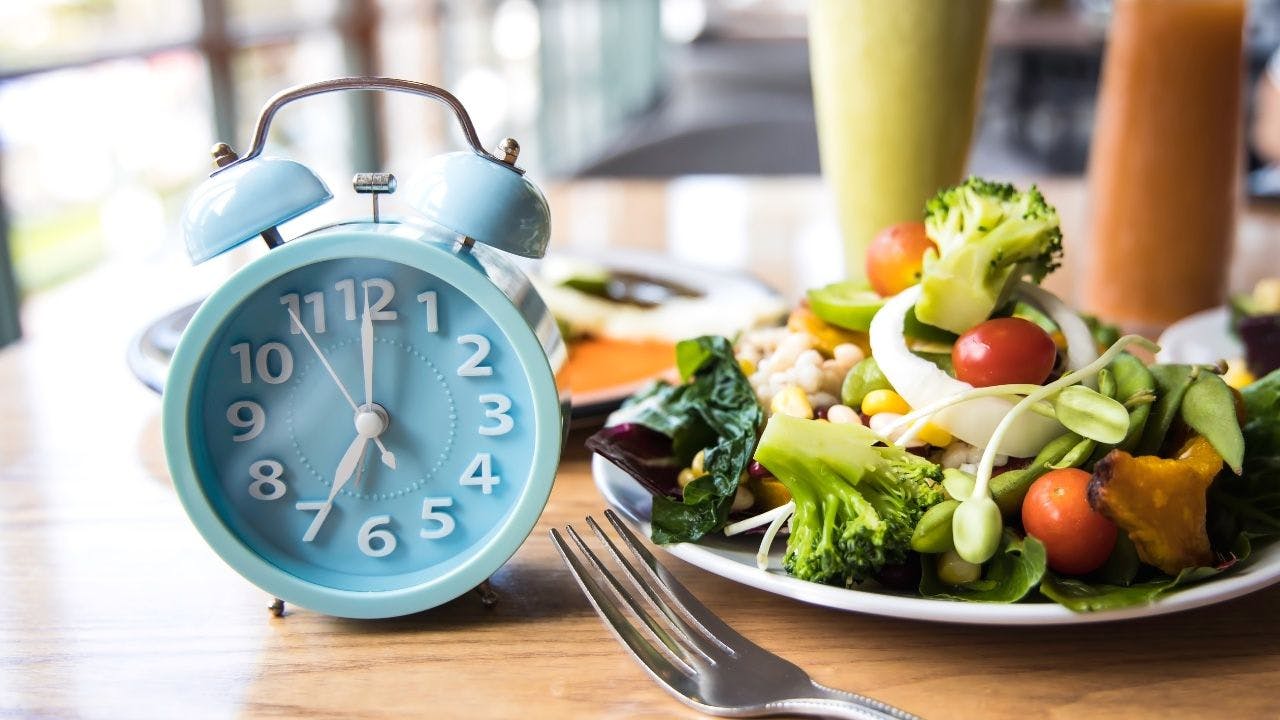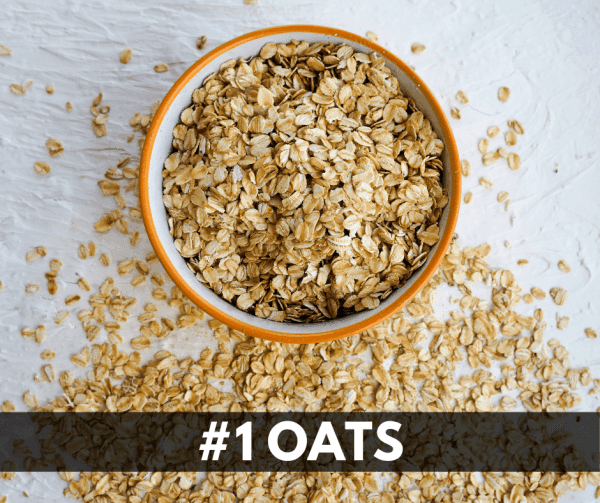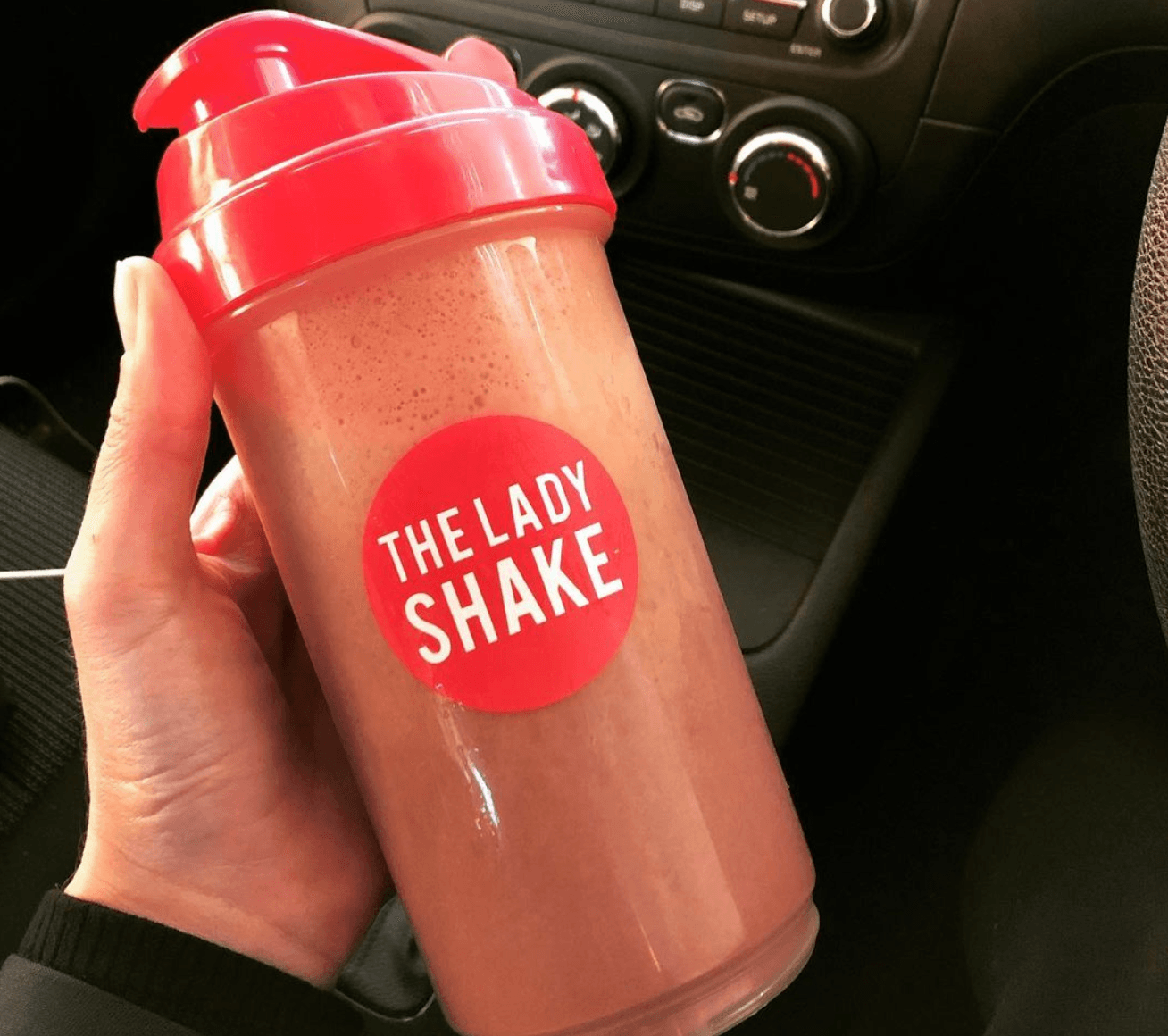Your Guide To Intermittent Fasting
•Food - general

Share
If you spend any time in online wellness spaces, you've probably heard about intermittent fasting (IF). It's been all over social media and health blogs.
It’s not just another diet craze; it’s here to stay, and for good reason. But what is it really?
How does intermittent fasting work? And does it work differently for us women?
Buckle up, because we’re exploring all things intermittent fasting for women, so that you can better make an informed choice about whether it's right for you. Let's dive in!
What Is Intermittent Fasting?

Let’s break it down. Intermittent fasting isn’t about what you eat, but when you eat. It’s an eating pattern where you cycle between periods of eating and fasting.
If you think about it, our hunter-gatherer ancestors didn’t have 24/7 access to food, so fasting can actually be quite natural for humans. They didn’t have the luxury of three square meals a day (or those cheeky snack breaks we love so much), and devotees of this lifestyle believe that we don't need that luxury either!
Intermittent Fasting Schedules For Women
There are a few ways to do IF, and here are the three most popular methods that you might want to try:
1. The 5:2 Diet (aka the Fast Diet)
- Fasting Days: Pick any two non-consecutive days of the week to restrict your calorie intake to 500-600 calories, spread over two small meals. For example, fast on Monday and Thursday, and eat normally the rest of the week.
- Eating Days: On the other five days, eat your usual healthy, balanced diet. Remember, it's not a green light to binge on pizza and ice cream!
2. Eat-Stop-Eat
- Fasting Days: Fast for a full 24 hours once or twice a week. No food, no calorie-containing drinks – just water, black coffee, and herbal teas.
- Eating Days: On non-fasting days, stick to your normal eating habits. Your body will thank you for not going overboard!
3. The 16/8 Method
- Eating Window: Eat all your daily calories within an 8-hour window. For instance, if you start eating at 12 pm, finish by 8 pm.
- Fasting Period: Fast for the remaining 16 hours of the day, consuming only water, black coffee, or herbal teas.
How Long Does Intermittent Fasting Take to Work, Especially the 16/8 Method?
Intermittent fasting, especially the 16/8 method, can start showing noticeable results within a few weeks, but the timeline can vary based on individual factors such as starting weight, metabolism, and overall health.
According to a review published in the Annual Review of Nutrition, participants following a 16/8 fasting schedule generally begin to see improvements in weight and metabolic health within two to four weeks. This timeline checks out with findings from a study in Obesity, which showed that individuals practising time-restricted feeding (like the 16/8 method) experienced significant reductions in body weight and improvements in insulin sensitivity within 12 weeks.
Therefore, while some benefits may be observed in as little as a few weeks, more substantial and lasting changes typically become noticeable after a few months of consistent practice. It’s all about the long game!
Why is Intermittent Fasting Recommended for Weight Loss?

Great question! Intermittent fasting helps you eat fewer calories without having to think about it too much. By limiting your eating window, you'll likely naturally find yourself in a caloric deficit, which can lead to weight loss. Plus, during fasting, your body starts burning fat for energy. So, bye-bye, stubborn fat!
Health Benefits Beyond Weight Loss
But wait, there’s more! Intermittent fasting isn’t just about shedding kilos. Here are some other fab benefits:
- Reduced Insulin Resistance: According to the International Journal of Endocrinology, intermittent fasting helps lower blood sugar levels, which can reduce your risk of type 2 diabetes.
- Brain Health: Studies suggest intermittent fasting can boost brain function and may even protect against Alzheimer’s disease. Check out this study for more details.
Intermittent Fasting and Women: What You Need to Know
Now, here’s where it gets interesting. Women’s bodies can respond differently to fasting compared to men’s. We’ve got female hormones to consider, and they can get a bit grumpy when we make sudden changes to our eating habits.
Hormonal Balance
Some studies suggest fasting can affect female hormones, in particular, reproductive hormones. However, most of these studies have so far been conducted in rodents, not people. That’s why it’s crucial to consult with a healthcare practitioner before commencing and to find a method that works for your body and lifestyle.
Start Slow
If you’re new to IF, it’s essential to ease your way into it. Start with the 16/8 method and see how your body reacts. If it feels good, you can try the more intense methods.
Listen to Your Body
If you feel dizzy, overly tired, or if your periods become irregular, it might be time to dial it back. Remember, your health comes first!
How to Make Intermittent Fasting Work for You
Here are some tips to help you succeed with intermittent fasting:
- Stay Hydrated: Drink plenty of water throughout the day. It helps curb hunger and keeps you feeling fresh.
- Eat Nutrient-Dense Foods: Focus on whole, nutrient-rich foods during your eating window. Think veggies, lean proteins, healthy fats, and whole grains.
- Keep It Balanced: Don’t use your eating window as an excuse to binge on junk food. Balance is key.
- Plan Your Meals: Prepare your meals ahead of time to avoid the temptation of grabbing unhealthy snacks.
Common Concerns and Myths
“Won’t I lose muscle?”: Not if you do it right! Keep up your strength training and make sure you’re getting enough protein.
“Isn’t fasting just starving myself?”: Nope! Intermittent fasting is about controlling your eating window, not starving yourself. It’s a natural and healthy way to manage your eating habits.
“Can I still have my coffee?”: Absolutely! Just make sure it’s black or with a splash of milk – no sugar or calorie-laden creamers.
The Lady Shake and Intermittent Fasting

And now, a little secret from us to you. The Lady Shake can be a fantastic addition to your intermittent fasting routine. It’s packed with nutrients, keeps you full, and can fit perfectly into your eating window.
Whether you’re breaking your fast or needing a quick, healthy meal replacement, The Lady Shake has got your back!
Final Thoughts
Intermittent fasting for women isn’t a one-size-fits-all, but it’s worth trying if you’re looking for a new way to manage your weight and improve your health. It’s all about finding what works best for you and your body. So, give it a go, stay positive, and remember – you’ve got this! It's all about working towards happier you, one fast at a time.






